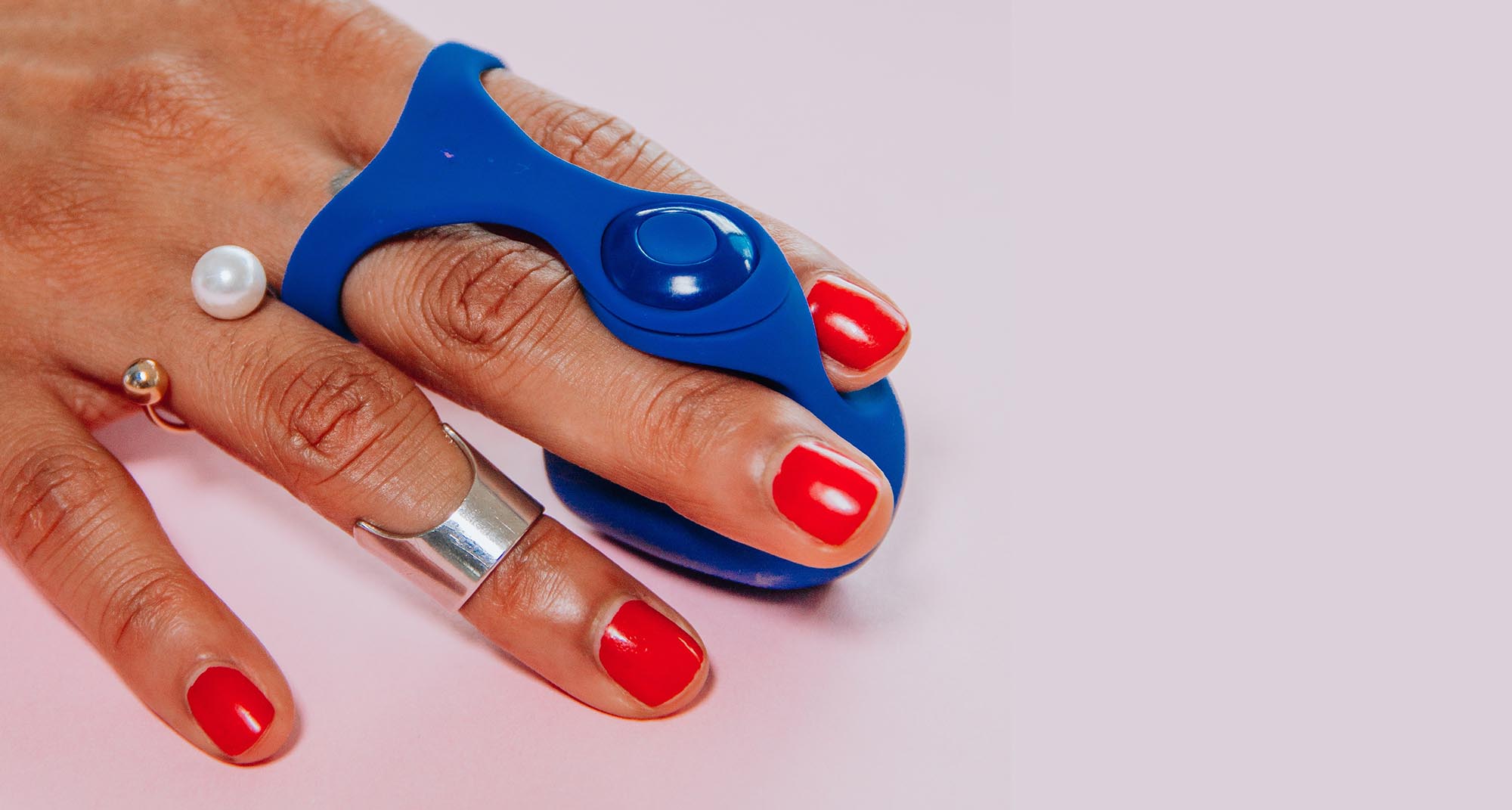
Clitoral Orgasms
By Cindy Pierce
May 2021
Almost all women are capable of incredibly powerful clitoral orgasms if they have accurate information. However, it is crucial for a young woman to learn about her own clitoris and pleasure zones before she can experience pleasure with a partner. Masturbation is healthy and normal for all genders, yet our culture, parents, religion, and even peers implicitly and explicitly discourage girls and young women from exploring their bodies.
With 8000 nerve endings, more than any other body part and twice as many as the head of the penis, the clitoris is incredibly sensitive and is considered the prime source of sexual joy. However, most sexuality educators give anatomy lessons about female bodies that cover periods, pregnancy and birth, without mentioning clitoral orgasms. Over my seventeen years of speaking and writing about sexuality, questions about orgasms from girls and young women have only increased. Many young women are confused about how to masturbate and wonder how to use a vibrator or a dildo. Vibrators are generally intended for clitoral stimulus, and dildos are for penetration.
The masturbation double standard starts when girls are toddlers. Watch parents respond to their children touching their genitals on a playground or during playgroup. When a little boy puts his hand in his diaper, parents usually let it go and often share a collective laugh; some go far as to say something that conveys, “Typical guy!” Even in 2021, the knee-jerk response for parents of girls is to stop girls from touching themselves with stern reminders that it is inappropriate and something they should do in the privacy of their room.
Yet, most parents hope their daughter will have clear sexual boundaries and a healthy relationship with her body when she sexually engages with a partner. The most important and often forgotten piece of this becoming reality is that parents need to accept and embrace the crucial role they play. As the primary sexuality educators for kids (in theory!), parents have the opportunity to contribute to the long-term wellbeing of their daughters by engaging in honest conversations from the get-go, including conversations about sexual pleasure. Many parents secretly hold hope for delayed sex, no sex or sex they never have to hear about, especially for their daughters. However, research confirms that providing teens with accurate, comprehensive sexuality education leads to healthier choices.
Limited research on female pleasure over the decades has resulted in persistent misinformation. Statistics for women with a medical condition of anorgasmia, being incapable of orgasms. Contrary to widespread belief, almost all biological females have the capacity for orgasms unless there has been damage to the clitoris or significant malformation (which is rare). Many women have told me that they had given up on orgasms, assuming they lacked the capacity, but thanks to new information and reliable resources, they were able to sort it out and experience orgasmic joy.
Young women bombard me with questions about female orgasms. Some feel guilt and shame around masturbation and wonder how to overcome it. Many feel pressure to send photos or videos of themselves masturbating, often faking orgasms to attract or get the attention of the recipient. Women talk a lot about how they are expected to seem hot for sex but not slutty. Staying sexually relevant (hot and wanted) and also feeling respected by peers is a tricky balance fraught with potential public shame.
Unfortunately, parents, educators and healthcare providers shy away from providing this essential information for a variety of reasons. Many suffer from their own lack of education and discomfort with the topic. Some parents get lost in catastrophic thoughts, fearing their daughters will become sex crazed and promiscuous or become so obsessed with masturbation that they will stop going to school. I encourage parents to consider how most biological males experience first-time masturbation: For a few days, their lives go off the rails and then they realize homework, sleep and food are also important parts of a balanced life. Discovering sexual pleasure is worthy of a temporary derail of priorities, and people of all genders are able to recalibrate their lives Moreover, knowing one’s own body increases the chances of educating a partner leading to a more satisfying sexual experience for all involved.
There are ample sources with accurate information about the clitoris, which include diagrams and photos. The appearance of vulvas varies greatly. Check out Planned Parenthood, SexEtc., Scarlateen and Go Ask Alice.
Helpful information about the clitoris:
- The bulb of the clitoris has 8000 nerves and is located above the urethra at the top of the vaginal opening where the inner labia meet to create the clitoral hood.
- The clitoris has wishbone shaped “legs” that extend behind the bulb, underneath the labia and are not visible on the outside.
- 20-30% of women experience clitoral orgasms with penetration alone (by a penis or dildo). 70-80% of women need extra clitoral stimulation during penetration from her own “helping hand,” her partner’s manual stimulus or a vibrator.
- 20 minutes is the average time it takes for biological females to reach orgasm. The average time for biological males is 4 minutes. Porn has contributed to widespread erectile dysfunction among boys and young men. Varying factors contribute to orgasms for all genders, including mindset, focus and level of attraction to name a few.
- Understanding what stimulates one’s own clitoris to the point of orgasm requires adaptation as desires shift on any given day, week or year and are also affected by monthly cycles and emotional states. Stimulating the clitoris to the point of orgasm is a challenging endeavor that requires focus and patience.
- Even if a clitoris is located and stimulated to the point of orgasm, there is no guarantee it will respond to the same stimulus the next time. Female pleasure requires ongoing communication between partners and willingness to adapt.
Special thanks to Nicola Smith for her keen eye in editing.
